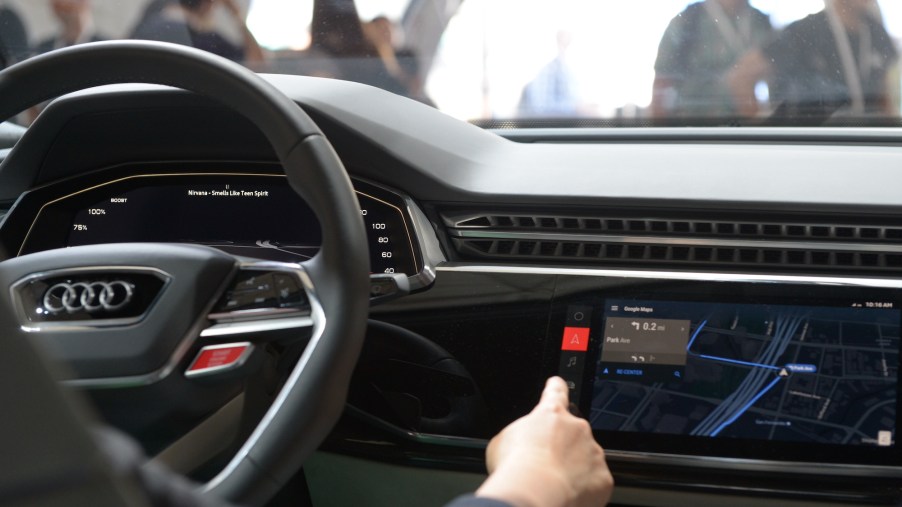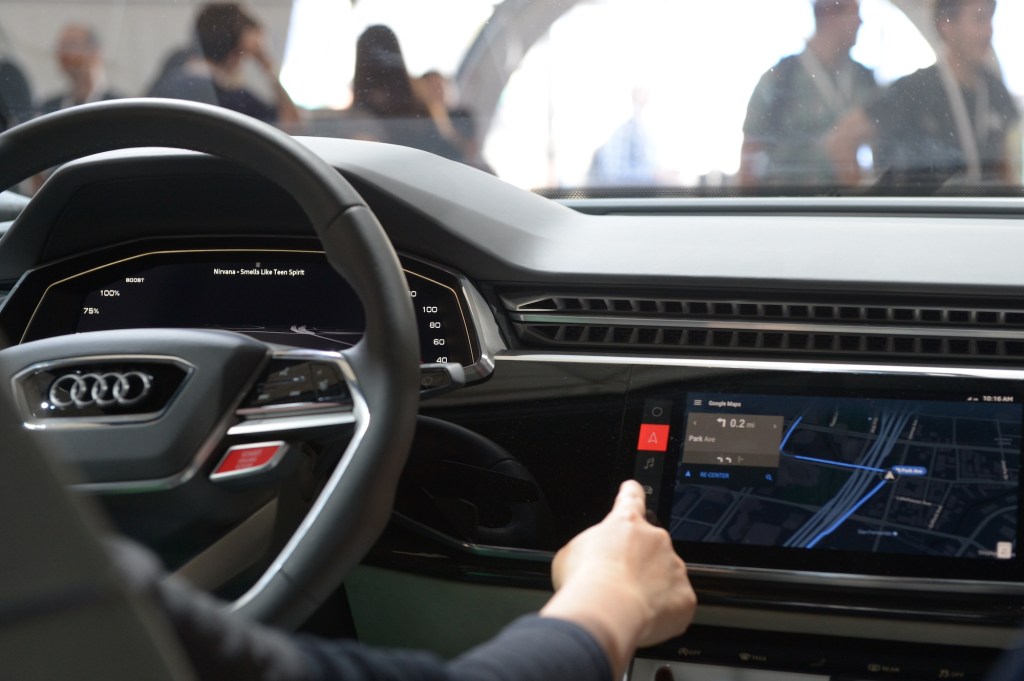
New Cars Keep You Safer in More Ways Than Just Advanced Safety Features
Car safety is one of the most important aspects of a vehicle. And fortunately, vehicles have grown safer over the years. There are many reasons for this, and the introduction of smart safety features has definitely helped keep riders safer. That said, new cars also better protect occupants in other ways. Here’s how.
Advanced safety features better protect drivers and passengers

The only safety features older cars have are seatbelts and airbags, but that’s changed a lot. Nowadays, many new cars come with a long list of standard safety features. Even if a car doesn’t have those features as standard, many automakers will still offer them as options.
For instance, these smart safety features include automatic emergency braking, blind-spot monitoring, and adaptive cruise control. These features, when they come standard on a car, are great. However, they’re only options on some vehicles. As such, you might be wondering if they’re worth the extra money. The long and short of it is that, yes, they are worth it.
According to Forbes, cars equipped with advanced safety features had significantly fewer insurance claims than cars that aren’t equipped with them. There was a 19% reduction in property damage claims and a 27% reduction in bodily injury claims. Vehicles with blind-spot monitoring, for instance, also have a 14% less chance of getting into an accident than the same car without it.
But advanced safety features aren’t the only ways new cars keep you safe
Smart safety systems are cool and definitely work, but they’re not the only ways a new car can keep you safe. According to OICA, vehicle design also plays a big part in keeping drivers and passengers safe during accidents. This is especially true when a modern car is compared to an older car, as older models weren’t designed the same way modern ones are.
For example, many modern cars have a crumple zone in the front. This is an example of an innovation that newer cars have that older cars lack. Crumple zones are designed to crumple during a crash. This happens because most of the energy of the collision gets absorbed by the crumple zone, not by the vehicle occupants. As such, the crumple zone gets destroyed during a crash, but the driver and passengers are likelier to survive.
This is not the only way a modern car can keep you safe. OICA reports that newer seatbelts and airbags also help tremendously. For example, advanced airbag designs allow people to survive a wider range of crashes than before. When all of these improvements are combined, it’s no surprise cars are safer today than they were in the past.
What will be the next mandatory driver assist?
Currently, only a few safety features are mandatory. Obviously, airbags and seatbelts are required. But one of the more recent additions is the backup camera, which became mandatory on new cars a few years ago. The U.S. government requires these cameras on new models made after May 2018. And the government could mandate other safety features too.
So it’s anyone’s guess as to the next mandatory safety feature. But there are plenty of candidates. Automakers around the world have been adding driver assists to their cars. Popular vehicles, such as the 2021 Mazda CX-5, already come standard with automatic emergency braking, blind-spot monitoring, lane-keep assist, rear cross-traffic alerts, and other advanced safety systems.
It’s possible any of those features could become mandatory in the future. However, semiautonomous self-driving cars seem to be the next big leap forward in safety. If automakers improve on that technology enough, it could eventually become mandatory on cars.



